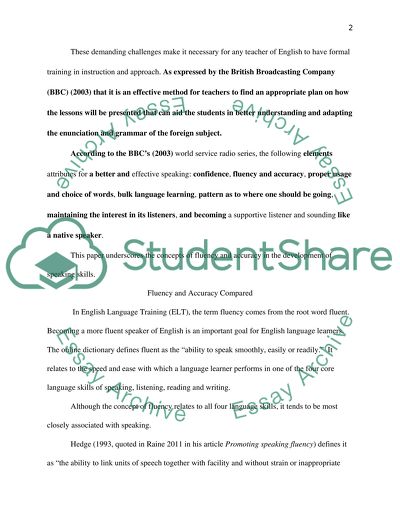Cite this document
(“Developing Speaking Fluency and Accuracy Essay Example | Topics and Well Written Essays - 2750 words”, n.d.)
Retrieved from https://studentshare.org/journalism-communication/1594575-developing-speaking-fluency-and-accuracy
Retrieved from https://studentshare.org/journalism-communication/1594575-developing-speaking-fluency-and-accuracy
(Developing Speaking Fluency and Accuracy Essay Example | Topics and Well Written Essays - 2750 Words)
https://studentshare.org/journalism-communication/1594575-developing-speaking-fluency-and-accuracy.
https://studentshare.org/journalism-communication/1594575-developing-speaking-fluency-and-accuracy.
“Developing Speaking Fluency and Accuracy Essay Example | Topics and Well Written Essays - 2750 Words”, n.d. https://studentshare.org/journalism-communication/1594575-developing-speaking-fluency-and-accuracy.


